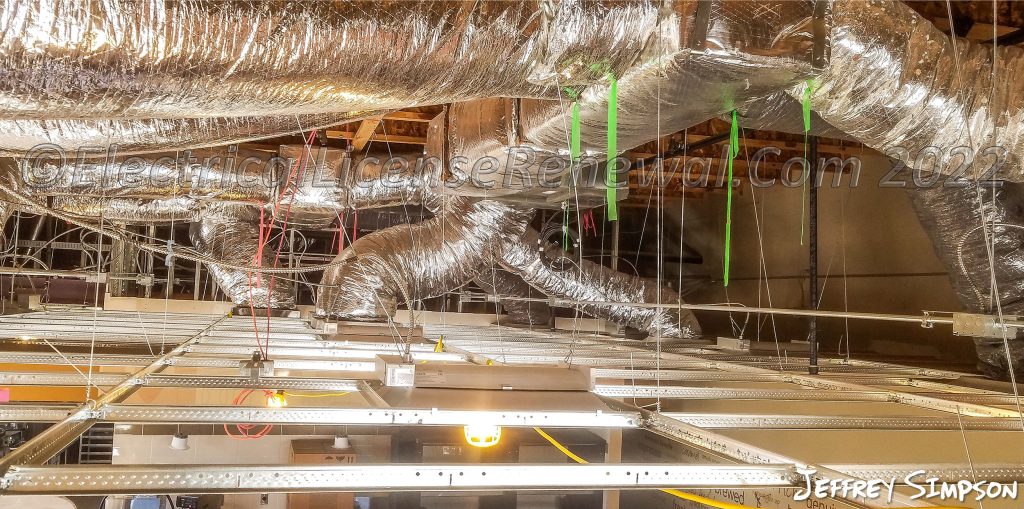Homeowners often overlook the space above their ceilings when it comes to routine inspections. In this comprehensive guide, we present the “Above Ceiling Inspection Checklist,” an essential tool for ensuring the health and longevity of your home. Explore the key components to inspect, potential issues, and preventive measures to keep your space in top-notch condition.

Unveiling the Above Ceiling Inspection Checklist: A Homeowner’s Guide
Let’s dive into the details of the Above Ceiling Inspection Checklist, covering crucial aspects to examine for a well-maintained home.
Key Components of Above Ceiling Inspection Checklist:
- Insulation Integrity:
- Assess the condition of insulation materials above the ceiling. Look for signs of wear, damage, or areas where insulation may have shifted.
- Electrical Wiring:
- Inspect electrical wiring for any visible issues such as exposed wires, fraying, or outdated components. Ensure that wiring is organized and adheres to safety standards.
- Plumbing Systems:
- Check for leaks or water stains above the ceiling. Identify any potential plumbing issues that might affect the structural integrity or create water damage.
- HVAC Ductwork:
- Examine the HVAC ductwork for leaks, damage, or signs of deterioration. Properly functioning ducts are crucial for maintaining indoor air quality.
- Structural Integrity:
- Look for any signs of sagging, cracks, or other structural issues in the above-ceiling space. Addressing these concerns early can prevent more significant problems.
Read too: How Gutters Causing Ceiling Leak Can Wreak Havoc in Your Home? Unveiling the Hidden Dangers
Potential Issues to Look Out For:
Identifying Common Issues with Above Ceiling Inspection Checklist
Understanding the potential issues that may arise during an above-ceiling inspection is crucial for effective maintenance.
- Mold and Mildew:
- Check for any signs of mold or mildew growth, especially in areas prone to moisture. Addressing these issues promptly is essential for indoor air quality.
- Pest Infestations:
- Inspect for signs of pests or rodents that may have infiltrated the above-ceiling space. Addressing pest issues promptly prevents damage and health concerns.
- Inadequate Ventilation:
- Ensure proper ventilation in the above-ceiling space to prevent moisture buildup, which can lead to mold growth and compromise the integrity of materials.
- Insulation Compaction:
- Over time, insulation may compact or settle, reducing its effectiveness. Check for areas where insulation may need to be replenished or redistributed.
Preventive Measures:
Proactive Steps for a Healthy Above Ceiling Space
Implementing preventive measures is key to maintaining a healthy above-ceiling space and avoiding potential issues.
- Regular Inspections:
- Schedule regular above-ceiling inspections to catch issues early and prevent extensive damage.
- Proper Ventilation:
- Ensure adequate ventilation to prevent moisture buildup and maintain a healthy environment.
- Sealing Gaps:
- Seal any gaps or openings that may allow pests or outside elements to enter the above-ceiling space.
- Insulation Maintenance:
- Periodically check and maintain insulation to ensure it remains effective in regulating temperature and reducing energy costs.
Conclusion:
In conclusion, the “Above Ceiling Inspection Checklist” is a valuable tool for homeowners committed to maintaining a healthy and well-functioning home. By regularly inspecting key components, identifying potential issues, and implementing preventive measures, you can ensure that your above-ceiling space contributes to the overall comfort, safety, and longevity of your home.